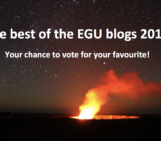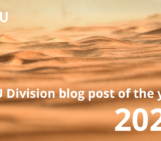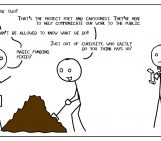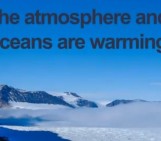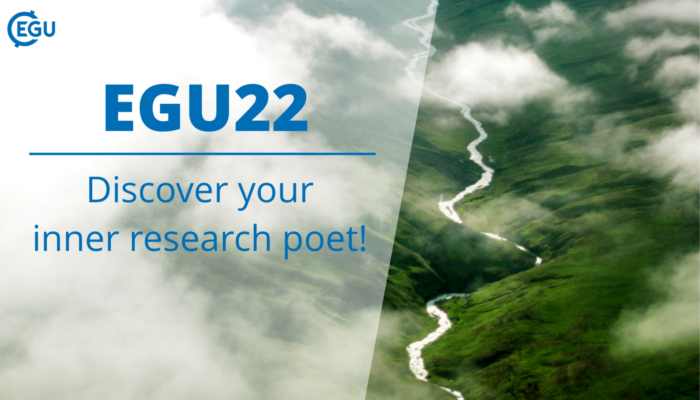
A long time ago, a unique friendship formed between two researchers at a scientific conference. At first, they appeared to have one amusing thing in common: being the only two people to wear a bow tie at the EGU General Assembly. They soon also discovered their mutual appreciation for science and poetry, and before long, a new idea took shape: could they inspire scientists to write poetry?
Together, Sam Illingworth and Tim van Emmerik introduced the first poetry slam at the EGU General Assembly. To make this a more open and inclusive event, they combined it with a short course on science poetry to get attendees to share their research in the form of poems to communicate better with non-science audiences.
Ever since it was first introduced, the poetry slam and short course have been a resounding success, returning annually to EGU’s General Assembly. This year, the Rhyme Your Research Short Course was organized by Sam Illingworth, Tim van Emmerik and Caitlyn Hall and attended by researchers both on-site and online. It was an interactive, engaging, and slightly chaotic session, resulting in several wonderful, deep, and sometimes hilarious poems.
For those of you who missed it, here are three takeaways from the session to inspire you to Rhyme Your Research.
#1: Read, analyse, and don’t be afraid to feel
For first timers, the world of poetry can be…intimidating. Most people admitted they were keen to write a poem but simply didn’t know where to begin. Tim and team say it is a good idea to read poems at random and ask yourself some prodding questions:
- What is the poem about?
- Why did you like or not like this poem?
- When do you think this poem was written?
- How does this poem make you feel?
- Where do you think this poem is set?
- Who do you think wrote this poem?
Try to be as honest as possible when answering these questions. You can do this exercise by yourself or with a friend; the latter often results in different interpretations of the same poem!
#2: Poetry is personal, there is no wrong way to do it
Tim explains that “ideas only serve as scaffolding for writing, but it is ultimately your own creativity that brings a poem to life.” As scientists, we tend to be naturally curious and observant, so it helps to lean into these traits for inspiration to write.
Sometimes this means a line from your own research could spark an idea, and other times, a conversation with a colleague or friend makes you think – hmm, this could make for a good poem.
Although there is no wrong way to write poetry, there’s certainly ways to make your writing more engaging. As with all things, practice makes you better, so write, write, and then…write some more. Another good point to note is that your audience does not know your research as well as you do, so try to keep jargon to a minimum. We recommend reading Sam’s blog on science poetry for some really cool examples to get you started.
#3: Prompts help you get ‘in the writing zone’
The Rhyme Your Research course pushed participants to re-think their discipline from a creative lens, through hands-on and interactive activities. This included sketching the face of the person sitting next to you without looking down at your paper, creating a geoscience alphabet where you come up with a geoscience term for each letter of the English alphabet, and cut-up poetry which nudges you to complete sentence prompts, tear up the sheet into small pieces and exchange these broken sentences with other participants to combine and create a new poem.
These exercises are designed to help overcome writer’s block and open up new channels of creativity in poetry writing. By the end of the hour, an electric buzz filled the room, with everyone excited to share their on-the-spot poems with the class.
Ultimately, Rhyme Your Research made one thing very clear: science and creativity are not mutually exclusive – they often go hand-in-hand. Poetry can be a truly unique and concise way to communicate your findings to a wider audience, while also redirecting your focus to the most important details of the study.
If you enjoyed the Short Course or have questions for any of the speakers, feel free to tag them on Twitter @samillingworth & @timvanemmerik & @caitlynahall.
I’ll leave you with one of my favourite science poems that was shared during the Short Course this year, written by Lewis Fry Richardson:
Big whirls have little whirls,
That feed on their velocity;
And little whirls have lesser whirls,
And so on to viscosity.

